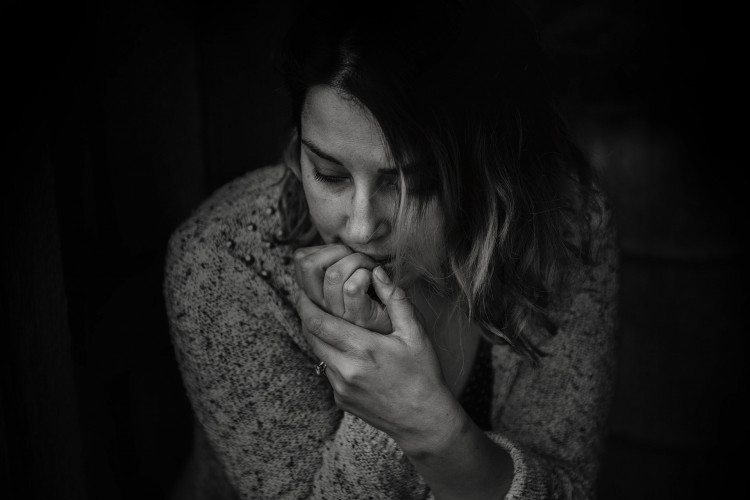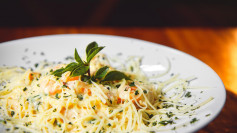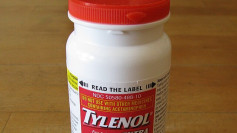Mounting evidence reveals that people who compulsively bite their nails, pick their skin, or pull their hair are often perfectionists, and their behavior can help relieve frustration, irritation, and boredom.
Onychophagia or excessive nail biting is shockingly common. As many as one in 20 individuals suffer from body-focused repetitive disorders, engaging in behaviors such as chewing on their nails or plucking their hair until they compromise their appearance or inflict pain.
The behavior is that common, but psychologists have only started to study it in the last few decades. They're still trying to answer the fundamental dilemma that many people with onychophagia spend so much time wrestling with: given the logical part of our brain wants to quit, why do we keep biting our nails?
In the old days, Sigmund Freud blamed it on arrested psycho-sexual development, at the oral stage (of course), while some suggested that it could be attributed to inward hostility - after all, it is a form of self-mutilation - or nervous anxiety.
The current hypothesis: nail biting helps even out our emotions. When we're bored, it stimulates us; when we're stressed out or irritated, it gives us a temporary relaxation.
Of course, this hypothesis also poses a more basic question: why does biting your nails - or plucking your hairs or picking at your skin -in the first-place offer gratification or distraction? Why do so many people get drawn to these grooming practices, rather than, say, balling their hands in their fists?
One potential explanation involves the observation that people with body-focused repetitive disorders appear to be perfectionists. It may be that pulling off a curiously shaped nail will give the biter a rewarding feeling of perfection-and the search for this gratification would finally get out of hand.
How to Stop Nail Biting
Old-fashioned treatments expressly designed to prevent nail biting, such as the application of bitter-tasting materials to nails, are usually unsuccessful. Barrier-type measures that block communication between the mouth and the nails, such as gloves, mittens, socks, and retainer-style or bite-plate products, can serve as hindrances to biting or reminders not to bite. Treatment in extreme situations must also focus on reducing or minimizing the emotional factors involved with nail biting.
Cognitive behavioral therapy (CBT), with habit-reversal reinforcement and progressive muscle relaxation, and acceptance and commitment therapy (ACT), combined with self-help intervention known as movement decoupling, have been found to be effective in some extreme nail biting.
Effective treatment of onychophagia includes the approval and participation of the child or adult who bites their nails, as well as positive reinforcement and routine follow-up.






